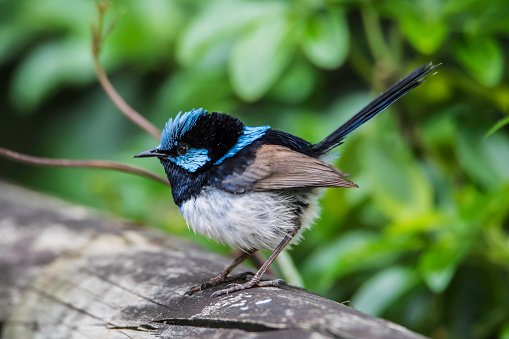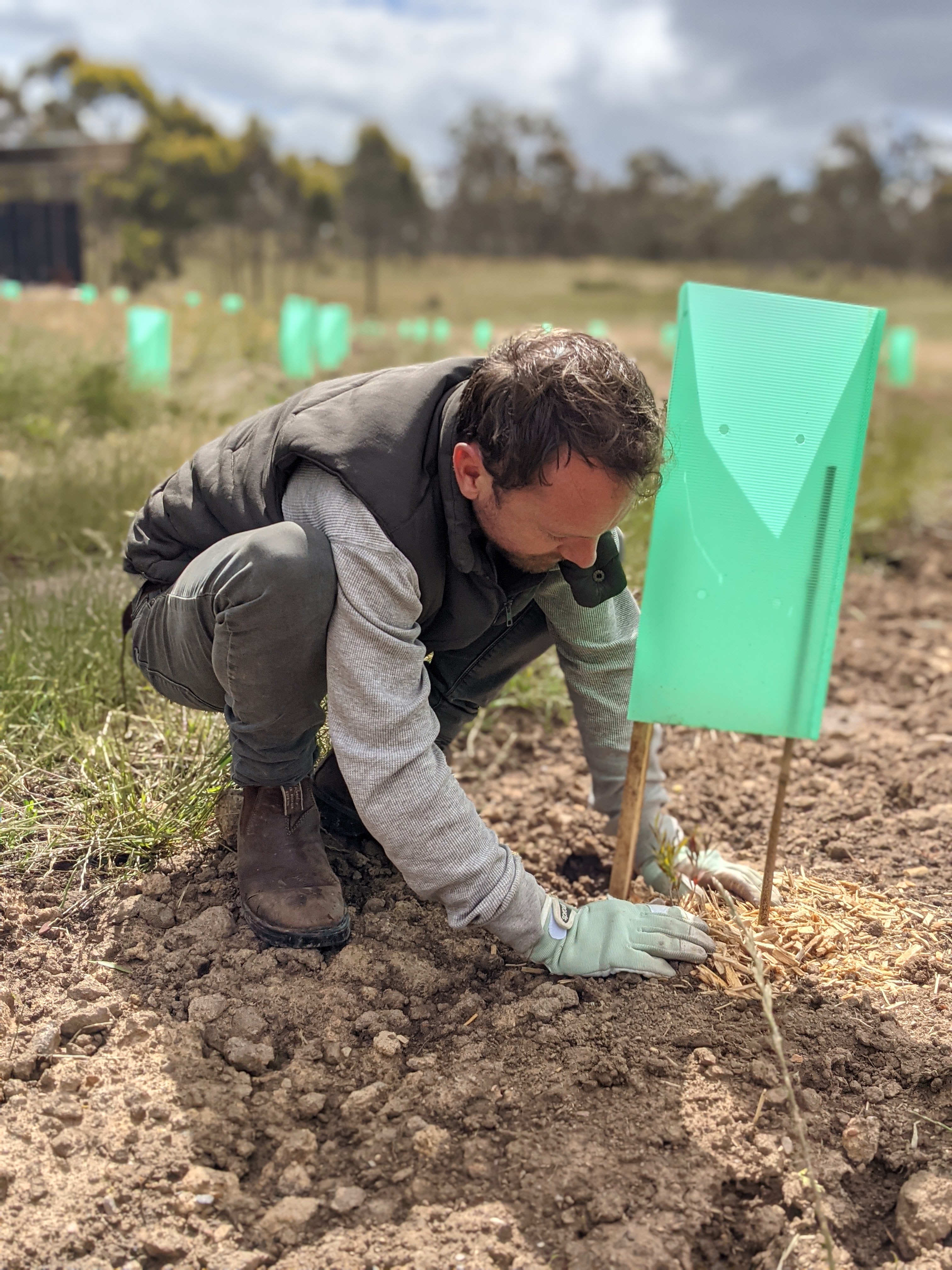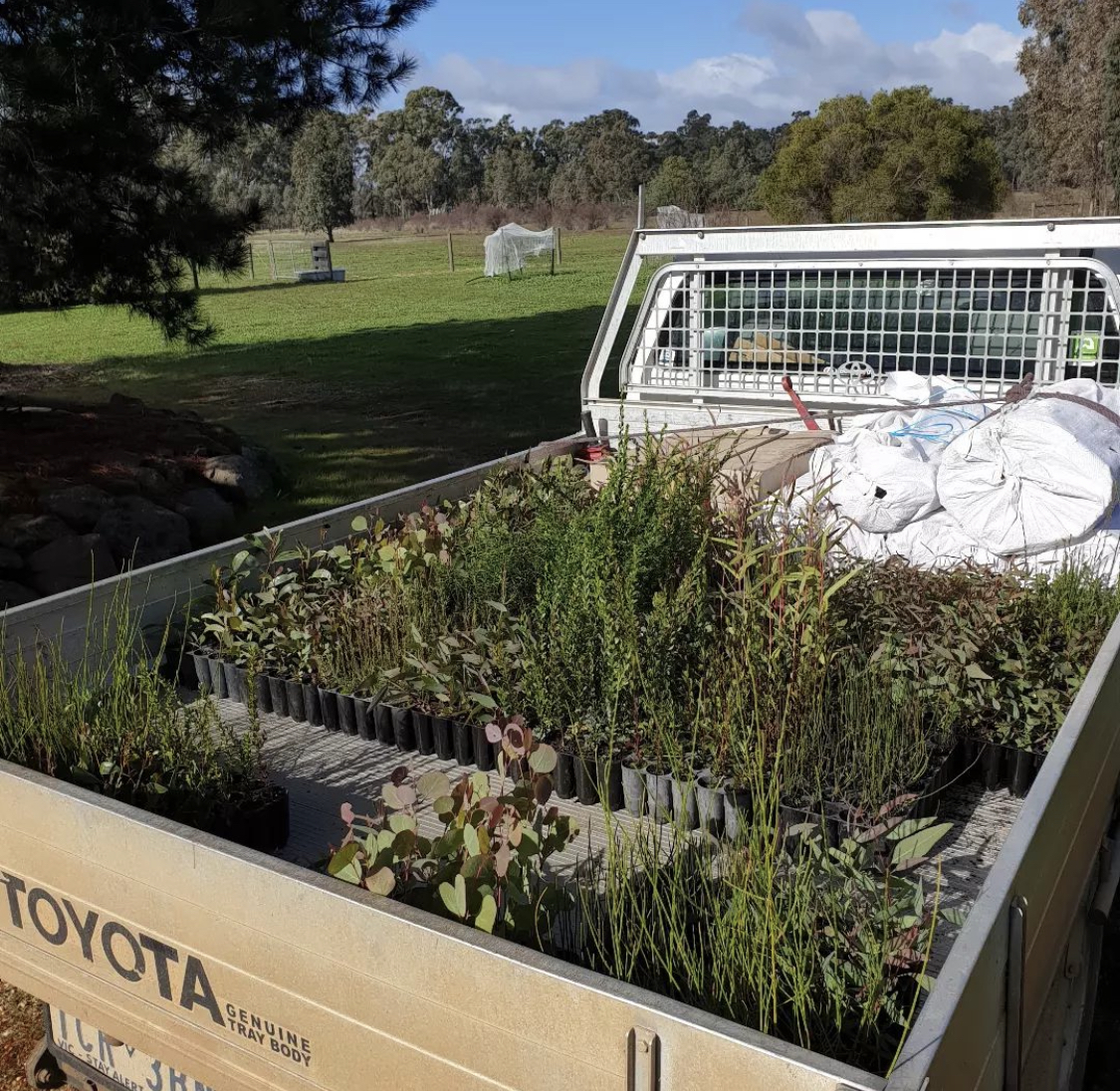November 9, 2021
|
Geelong greening.
TREES PLANTED
1,395
G.J. Gardner Homes has been supporting our community tree planting projects since 2013, and in that time, we have planted over 75,000 trees across Victoria and Tasmania due to their generous support. That impressive number comes because G.J. Gardner plants 15 native trees for every home it builds in Tasmania and Victoria.

Rohan Smith and Paul Delgallo from G.J. Gardner Homes Geelong are generous supporters of local community groups, and their tree planting projects. This year Rohan, Paul and their team purchased 1,395 native plants trees for the Bellarine Peninsula. Bringing their total tally of 8,840 trees planted since 2013.
G.J. Gardner prides itself on being a practical, hands-on family affair, and in past years staff have happily gone out with their local community to plant their trees themselves. To keep the local connection, all trees are planted near the offices managing the builds, between 200-900 trees for every district. Local Landcare groups determine the best tree species for the site. The seedlings themselves are often grown by local independent nurseries who have collected seed from the region by hand (with the proper licensing, of course). The sites that have been planted have included nature reserves, parklands, roadsides, school grounds, riverbanks & rural properties.

G.J. Gardner’s core business is building homes. Safe, secure places for families to grow and thrive for many years to come. We love that alongside this G.J. Gardner is planting forests, which is very much the same thing; safe, secure places for fauna and flora to grow and thrive for many years to come.
“The Bellarine Catchment Network were assisted by GJ Gardner Homes Staff in revegetating a section of Coastal Foreshore near Swan Bay. Swan Bay is a Ramsar Wetland of local, national and international significance. This project has enabled protection and enhancement of the vegetation abutting Swan Bay and provides crucial habitat for the Critically Endangered Orange-bellied Parrot. Initiatives like this help to piece together the fragmented landscape and join wildlife corridors for fauna to move through. A great local project, connecting the community to the local environment.”
Matt Crawley | Program Manager | Bellarine Catchment Network
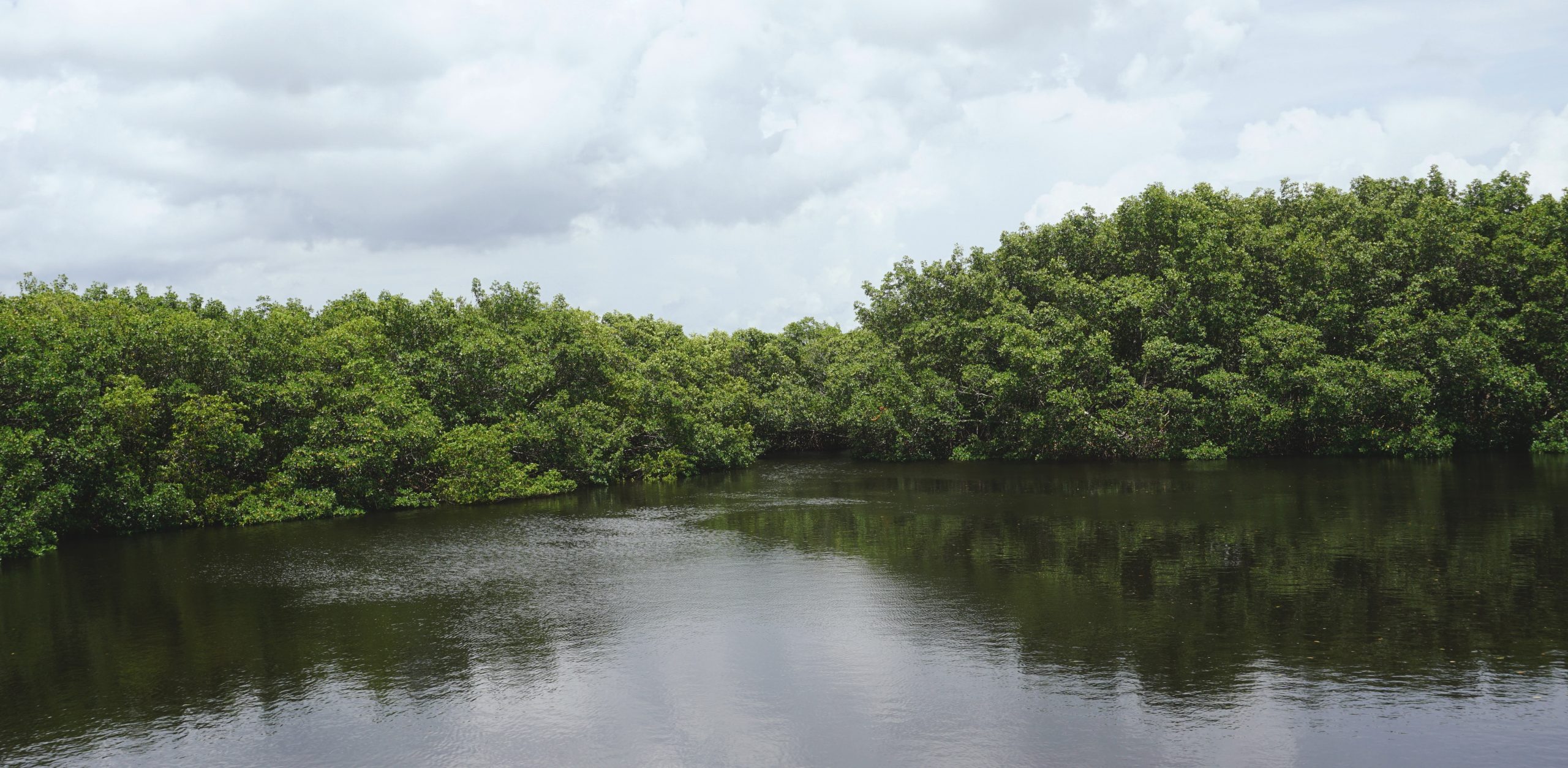
These plantings are significant as they will assist in protection of Ramsar wetland and the threatened Coastal Saltmarsh vegetation site. Areas such as these have been wrongly classified as wastelands historically speaking, with an estimated 17 per cent of Australia’s mangroves have been destroyed since European settlement.
Coastal mangroves and saltmarshes are complex regions, where salt water meets fresh. And provide ecological habitats addressing a number of purposes:
- feeding and breeding habitat for fish, birds and crustaceans
- filters for nutrients and sediments, erosion reduction and maintain water quality
- protection from storms and cyclones
- act as a carbon sink.
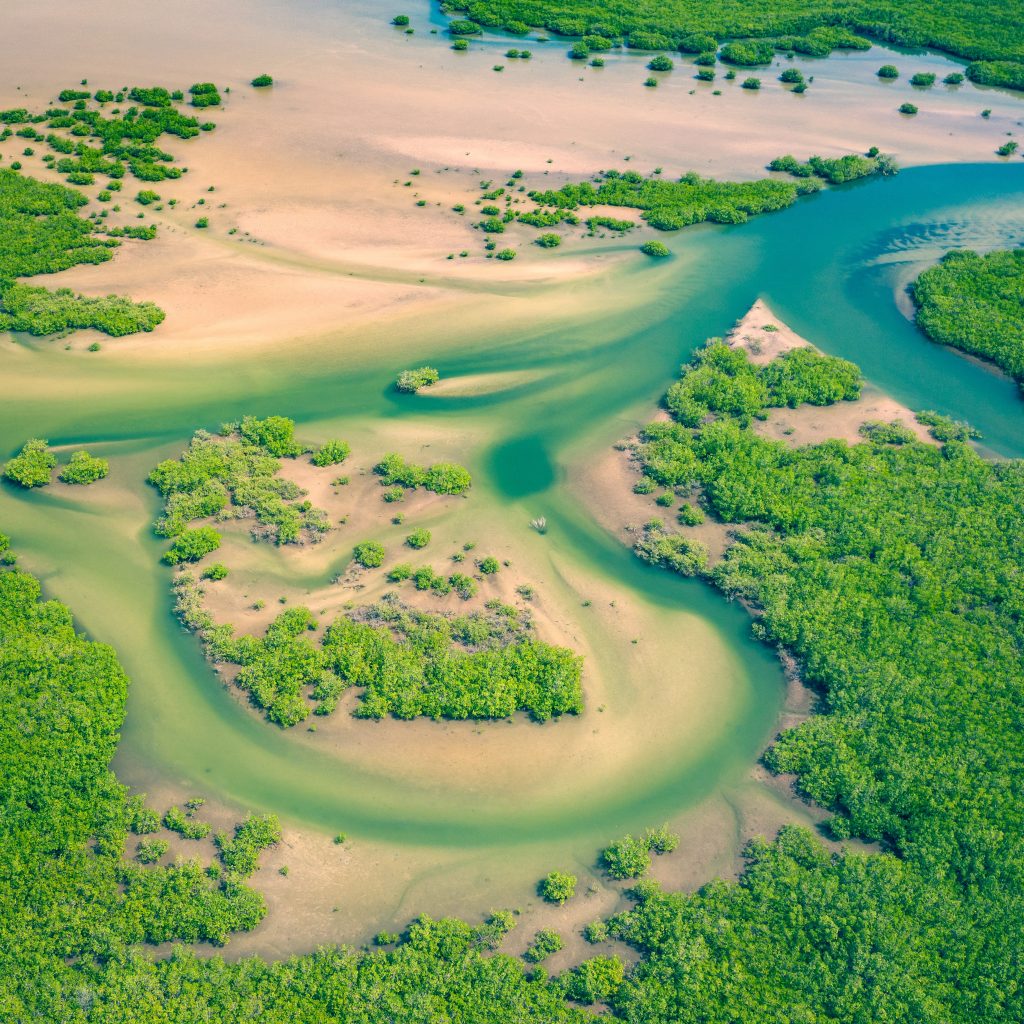
If you are interested in how your business and Fifteen Trees could work together, contact us at <[email protected]> and ask for a proposal or check out our COMPANY page for more info.
Writer.
Lou Ridsdale is a big fan of words and has been our Comms Manager since 2019.
She is a big-minded green thumb, Earth Lover, big-hearted nature freak plus a savvy media and horticulture expert, who passionately believe that everyone is capable of leading a more nourishing and sustainable life. Her passion for education + communication being the most empowering tool for change is reflected in her setting up her own digital/comms agency Hey Hoe Let’s Grow Socials. She also founded Food Is Free Inc. a unique grassroots food security platform specialising in food security education. She fell in love with trees after reading The Magic Faraway Tree as a child.
You can find Lou here
RECENT TREE PLANTINGS
500 TREES PLANTED
100 TREES PLANTED
125 TREES PLANTED
SIGN UP FOR OUR MONTHLY UPDATES.
Restoring Australian ecosystems. Supporting communities with their revegetation projects for a greener and healthier planet.
Fifteen Trees acknowledges Indigenous Australians as the traditional custodians of the lands on which we work, live and play.
We recognise that Indigenous Australians have cared for and lived in harmony with this land for millennia, and their knowledge and wisdom of the land endures.
We pay our respects to Elders past, present and emerging and stand in solidarity as Indigenous Australians seek a fairer and more sustainable future for the land and its people.
